Germany is renowned for its dynamic and vibrant cities, such as Berlin and Hamburg, and as well as those cities that are known for their beauty, such as Marburg, Bamberg and Heidelberg – and my personal favourite, Stralsund. But if you go beyond the big cities, you will discover that rural Germany has just as much beauty to offer. In fact, my favourite thing about Germany is all its charming little towns and villages scattered across the country.
I’ve been lucky enough to travel extensively through Germany throughout my life (perk of living near the border in Denmark!), and so, I’ve explored quite a few of Germany’s prettiest towns and villages. In this blog post, I’ve compiled a list of my 10 favourite villages in Germany, going north to south. These are my suggestions for you to go discover a different side of Germany than most tourists see!
1. Putgarten, Rügen
Rügen is the largest island in Germany, and it is full of charming villages.
One of my favourites is the small village of Putgarten in the very north of the island. There, colourful cottages with thatched roofs and intricate wooden details line cobblestone streets. Visiting Putgarten truly feels like stepping into a fairytale!
Read more: A week on Rügen, Germany’s largest island

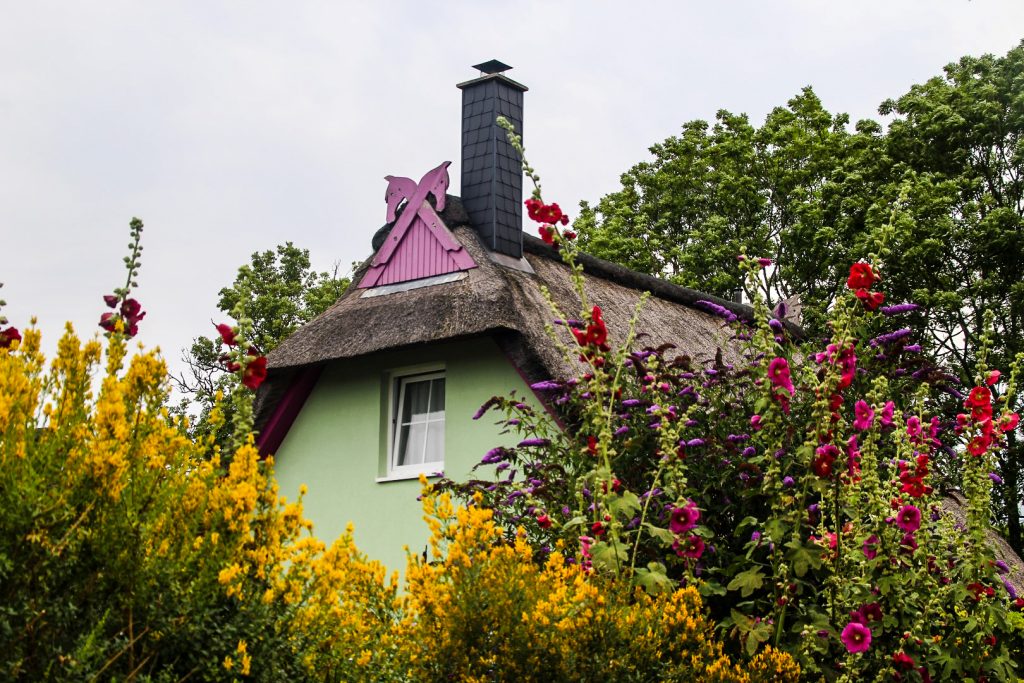


2. Vitt, Rügen
A few kilometres south of Putgarten lies my other favourite village on Rügen, the tiny fishing village of Vitt. Nestled in a gully below steep sea cliffs and with no road access to the village, Vitt is often described as the most romantic place on the island.
Walking down to the village along a narrow passageway, the tiny settlement of whitewashed thatched cottages suddenly reveals itself. At its edge sits a tiny marina with a wonderful view of Cape Arkona. And just outside the village stands a tiny octagonal chapel, built in the early 19th century.
Read more: A week on Rügen, Germany’s largest island




3. Kloster, Hiddensee
The small island of Hiddensee, located just west of Rügen, is home to four villages, all of which can only be reached by ferry or foot as no cars are allowed on the island.
Kloster is arguably the most charming of the four villages. It’s located in the hilliest part of the island, at the northern end, and has a very relaxed atmosphere. Kloster is also known as the cultural centre of Hiddensee, and it has an abundance of galleries, craft shops, cafés and restaurants.
Read more: Idyllic Hiddensee, a car-free island in the Baltic Sea

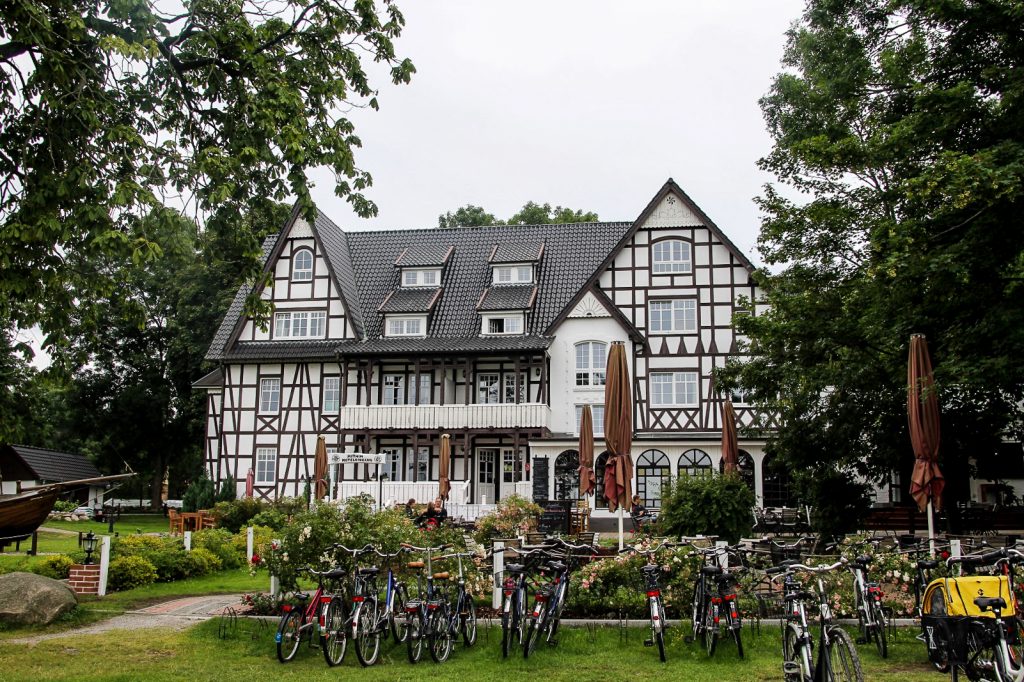


4. Burg, Fehmarn
Burg is a well-preserved medieval town, home to around 6000 people, on the island of Fehmarn in northern Germany.
Although Burg is quite trafficked for a small town, its scenic cobbled streets make up for the noise. The town is full of beautifully decorated historic houses, many with colourful crooked doors and an abundance of flowers!
Read more: Over the sound to Burg: A summer return to Fehmarn


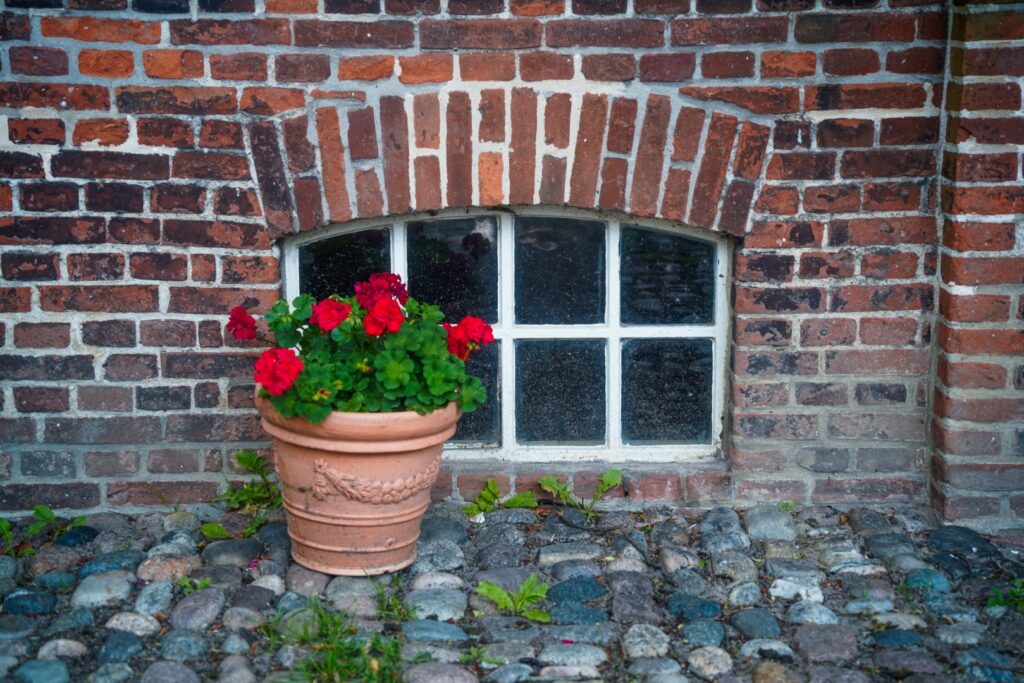

5. Town of Helgoland
Helgoland is Germany’s only off-shore archipelago and perhaps the most special place in the entire country. The archipelago consists of two car-free islands in the North Sea, 46 kilometres off the German coast. The larger of the two islands is home to the archipelago’s only town. While most visitors come to Helgoland to see its red sandstone cliffs and spot seals along its white beaches, it’s well worth taking the time to explore its colourful town.
The town consists of an upper and a lower neighbourhood, and an elevator connects the two with each other, as well as several staircases and trails. There is an abundance of shops, cafés and restaurants, and a really nice, relaxed atmosphere.
Read more: Red cliffs, seals and birds galore: A journey to Helgoland, an isolated archipelago in Germany




6. Quedlinburg, Harz Mountains
The medieval town of Quedlinburg is located in the heart of the Harz Mountains in the middle of Germany. Its town centre is home to over 1,300 half-timbered townhouses – more than anywhere else in the world! These houses are scattered around atmospheric squares, narrow alleyways and winding cobbled streets where colourful flowers hang from window sills.
It’s truly no wonder why Quedlinburg is listed as a UNESCO World Heritage site, but despite this, the town is not (yet) overrun with tourists!
Read more: Days in the Harz Mountains, the northernmost mountain range in Germany


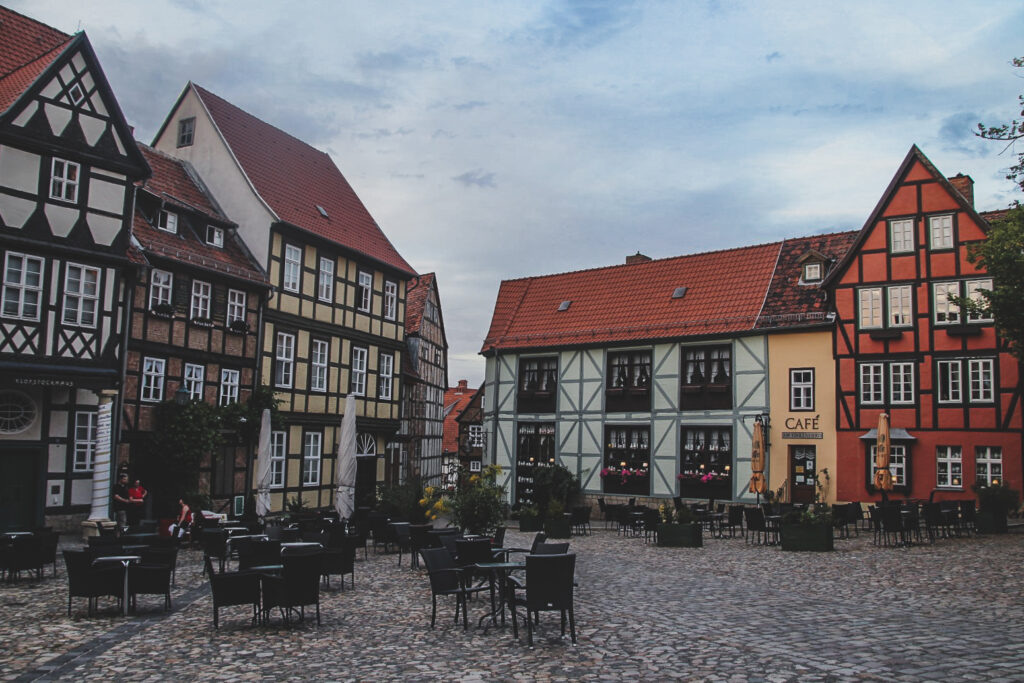

7. Argenstein, Lahn river valley
The Lahn river valley in mid-west Germany is full of historic towns and villages with cobbled streets and half-timbered houses.
My favourite village that I came across during my visit in 2022, was Argenstein. The village is unassuming and certainly no tourist hotspot, but I have rarely seen a view so pretty as when I hiked at sunset above Argenstein. For that view alone, Argenstein deserves a spot on this list!
Read more: Summer at the Zeiteninsel: Our Stone Age Gathering 2022




8. Rothenburg ob der Tauber, Bavaria
The most renowned place on this list is without a doubt Rothenburg ob der Tauber. This well-preserved medieval town always seems to sneak its way onto travel itineraries for Bavaria, and for good reason.
Many of the medieval half-timbered houses and cobbled streets of Rothenburg have been beautifully preserved, including the wall that surrounds the town and adds a ton of character and charm. It’s also one of only three intact medieval town walls in all of Germany!
Read more: Romantic Bavaria: Würzburg, Rothenburg ob der Tauber and Bamberg



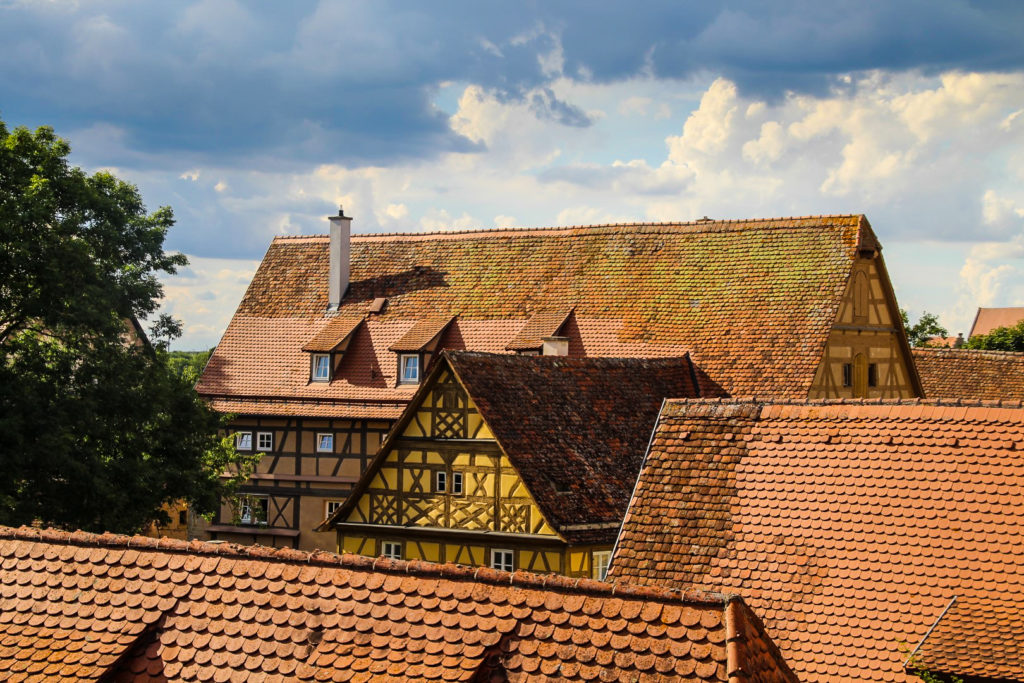
9. Schiltach, Black Forest
Schiltach is the definition of a fairytale village.
I’ve seen many gorgeous villages in my life, but nowhere quite like Schiltach. It’s my favourite village in all of Germany! Every building is neatly decorated with colourful flowers, and the majority are half-timbered with brightly painted shutters. Every detail seems carefully thought out.
And to top it off, the mysterious Black Forest provides the most enchanting backdrop to the village!
Read more: The Black Forest: Fairytale villages and forested peaks in the southwest corner of Germany




10. Büsingen am Hochrhein
Büsingen am Hochrhein is a true geographic oddity; a German village surrounded entirely by Switzerland. The rest of Germany is only 680 m away, separated by a narrow strip of Swiss land!
For most, the main reason for going to Büsingen is to experience the exclave in all its weirdness, but you mustn’t forget to wander through the streets of its village of the same name, which has some beautiful half-timbered houses and lovely river walks. Don’t forget to visit Waldheim Restaurant at the border, where you can buy a drink in Germany and enjoy it in Switzerland!
Read more: A brief visit to Switzerland and the German exclave of Büsingen

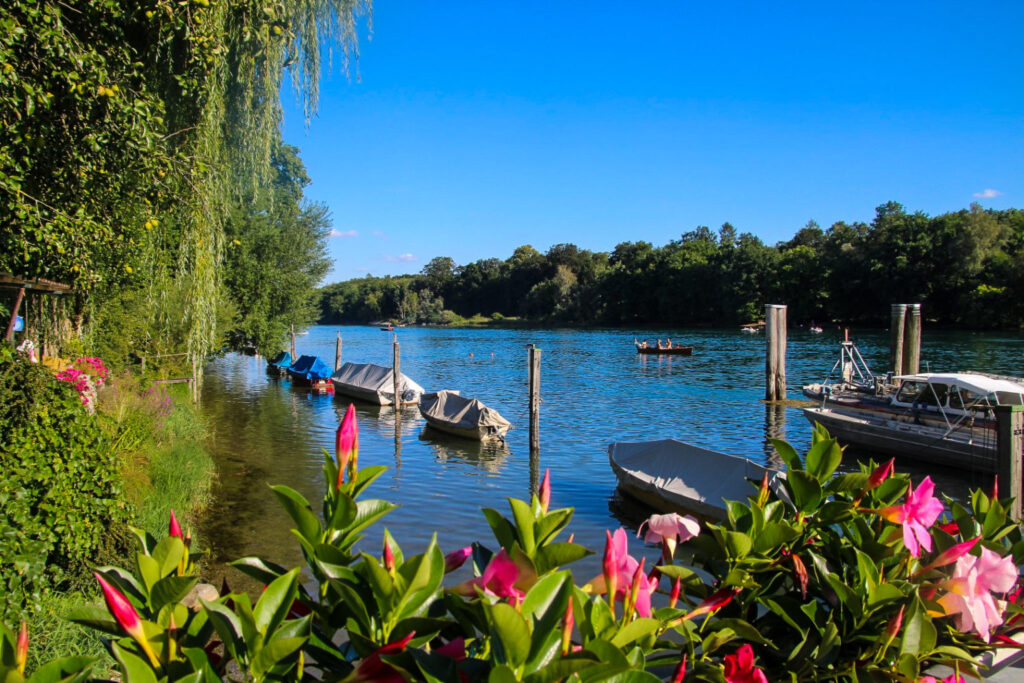


What do you think of my picks for Germany’s 10 most beautiful towns and villages? Do you agree or did I completely overlook somewhere amazing? Please let me know in the comments!
1 COMMENT
Vishwas
2 months agoOh ! These views of the countryside of Germany are very beautiful. These images are joy forever